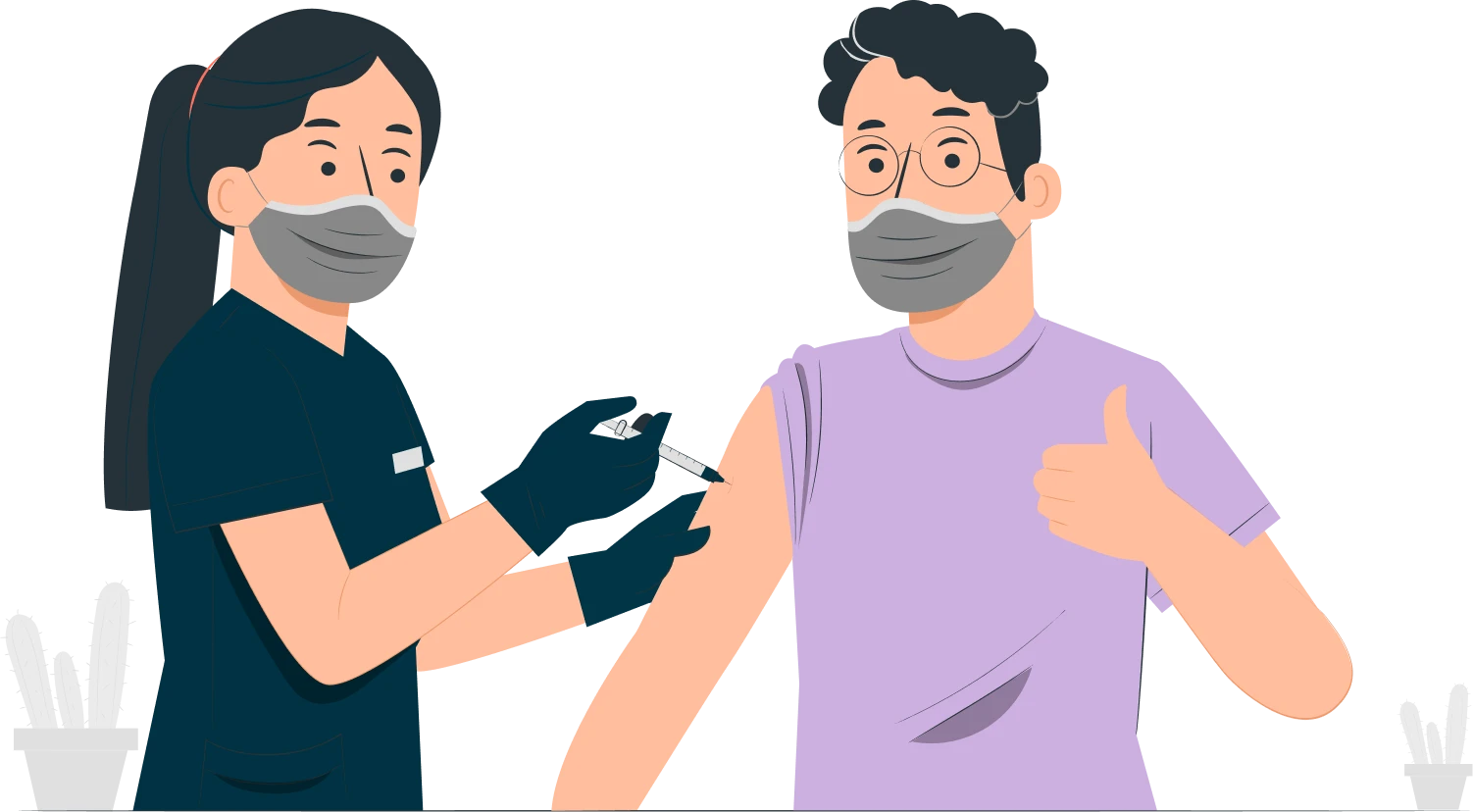Covid-19 Updates.

To the HealthQuest Infusion Services Community:
As the COVID-19 (2019 novel coronavirus) situation rapidly evolves, we want to share with you what HealthQuest Infusion & Specialty is doing to prepare for the spread of the virus. We are monitoring this situation closely and are working with other health care and infection prevention offi cials to ensure that we are taking the very best actions for our patients and valued employees. We will continue to update our recommendations as this outbreak continues to evolve to provide better protection for patients, employees and their families.
The following information outlines what we are doing to prepare and respond, steps you can take to prevent the spread of infection, and resources for factual and timely information.
What HealthQuest Infusion & Specialty is doing to prepare and respond:
Since early February, both our clinical and non-clinical senior management team have been conducting daily huddles to review and discuss COVID-19 status and related preparations.
We are working with our experts in Infectious Diseases, Infection Prevention, and public health offi cials to ensure that we have the latest information on the global spread of the disease as we update clinical protocols and screening measures accordingly.
Signage is being added to our compounding labs, infusion suites and pharmacy entry points asking those with any respiratory symptoms to wear or request a mask regardless of travel history and to sanitize/wash their hands prior to entry. We are limiting the number of non-essential people who enter our site.
Messages and emails have been launched to provide information about the virus and resources for the general public and staff.
Intake coordinators are trained to ask an initial round of questions about recent travel to areas where infections have been common.
Per protocol, any patient who has a positive infection risk screen is rapidly identifi ed and isolated from other patients.
Infection Preventionists and/or Infectious Disease Specialists may ask additional questions to assess further risk and help guide further evaluation of the patient.
We continue to monitor our supply chain and are in frequent contact with our vendors concerning Personal Protective Equipment (PPE).
Mandatory aseptic wipe-downs have been implemented to our open workspaces to be done multiple times on a daily basis.
All patient areas including but not limiting to infusion chairs are routinely sanitized before and after every patient usage.
How to handle a suspected case:
If you have a patient with a positive infection risk screen for COVID-19, please do the following:
1. Notify the HealthQuest pharmacists and/or nursing director. They each are inclusive to HealthQuest’s Infection Prevention team who will than call and coordinate with the Infectious Disease Physician of the patient that you are seeing.
2. Advise the patient to remain self-quarantined in their home. Mask the patient and place them in an airborne infection isolation room (aka “negative-pressure”) with airborne, contact, and standard precautions. This means anyone entering the room must perform hand hygiene and then wear a gown, N95 (or equivalent) respirator, and eye protection with goggles or fl uid shield mask and gloves.
3. If no airborne infection isolation room is available, place the masked patient in a private room. Additional Resources
4. The Infection Prevention team will assist you with performing a secondary screen for suspected COVID-19. They will work with you and the local health authorities to determine if the patient meets criteria to test for COVID-19.
For additional information or questions regarding lab specimens, contact pharmacists and/or MD on call.
Travel for HealthQuest Infusion & Specialty employees:
A. All HealthQuest employees must disclose all travels, whether domestic or international to the Infection Prevention Team.
B. If you traveled to certain countries including China, South Korea, Italy or Iran, you will be furloughed from work with up to 14 days of monitored self-isolation. The list of countries may change and the decision to furlough from work will be determined on a case-by-case basis.
The clearance to return to work once the quarantine period is over will be determined on a case-by-case basis in accordance with the latest recommendations from public health authorities.
If you have any additional questions and/or concerns, please call HealthQuest and ask to speak to anyone in the Infection Prevention Team.
About the virus
SARS-CoV-2 is the virus that causes COVID-19, the disease.
COVID-19/SARS-CoV-2 can be spread from person to person, mainly via respiratory droplets produced when an infected person coughs or sneezes, similar to how infl uenza and other respiratory viruses are spread, and between people within about 6 feet of one another. To a lesser extent, it can be spread from touching a surface or object that has the virus on it and then touching one’s face.
Older adults and people with preexisting conditions are most at risk for severe illness.
Precautions include: frequent hand washing (wash hands for 20 seconds with soap and water or use alcohol-based hand sanitizer); avoid touching your eyes, nose, and mouth; avoid close contact with sick people; cover your mouth when you cough or sneeze; stay at home when you are sick.
Most patients have mild to severe respiratory disease with symptoms including fever, cough, or shortness of breath. Other symptoms may include sore throat, diarrhea, and general malaise. About 80 percent have mild illness.
Potential for severe symptoms occurs during the second week of illness. About 23 to 32 percent of hospitalized patients required intensive care.
Symptoms typically appear 2 to 14 days after exposure, but typically within about 5 days.
Fatality rates are unknown, but about 2.5 to 3 percent overall in the general infected population and about 10 to 15 percent in hospitalized patients.